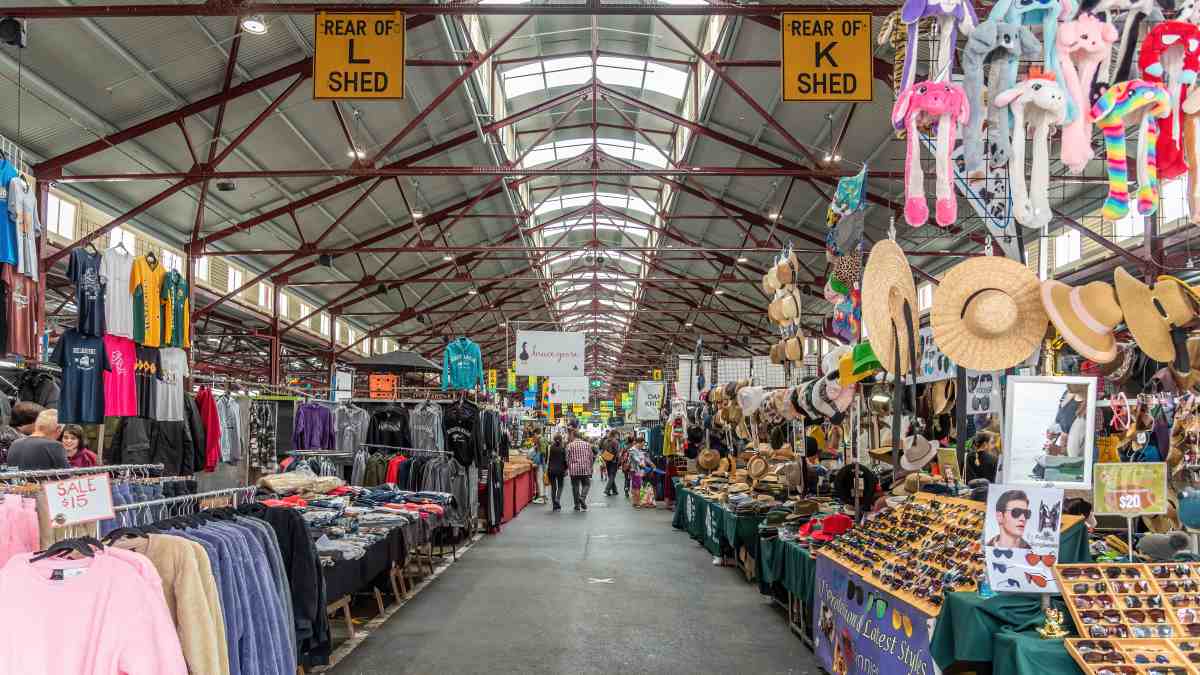Fashion
Rich cities, poor fashion: the local answers to textile waste

Dr Yassie Samie remembers the first time she stepped into a warehouse packed with donated, used clothes.
“Very cliche, but I lost faith in humanity in that point,” says Samie, a postdoctoral researcher at RMIT University.
“It was just so overwhelming, incredibly sad.”
Wealthy countries use – and donate – far more clothes, and often of lower quality, than the second-hand market can manage. Each year, the global fashion industry generates more than 92 million tonnes of waste.
But Samie’s despair was short-lived: straight after the warehouse tour, she was taken to a studio in the same building where people were turning old clothes into new garments.
“I started to have faith in humanity again,” Samie tells Cosmos, “because it was so amazing to see all of those textiles brought back to life and given a second life through collective creative practice.”
The warehouse in question was in Sweden, but it might have been in any number of OECD cities.
In fact, an analysis by Samie and a team of international collaborators shows 9 cities across 3 continents have striking similarities in the way they handle textile waste.
“All of these cities, coming from developed economies, being wealthy, had very much the same consumption patterns – but also very little in place to manage textile waste,” says Samie.
The study, which looked in-depth at Amsterdam, Austin, Berlin, Geneva, Luxembourg, Manchester, Melbourne, Oslo and Toronto, is published in Nature Cities.
The researchers looked at local and national policies, and interviewed people in each city’s industry, to see how each jurisdiction handled waste.
“I interviewed more than 20 different people, 15 of them specifically from Melbourne, from charity organisations, city councils, researchers, educators, independent second-hand shops, local manufacturers, local designers – and then on a more national level, I also interviewed textile industry bodies, fashion industry bodies and not for profit bodies,” says Samie.
Almost all of the cities the researchers looked at dealt with most textile waste by exporting, or landfill and dumping.
Melbourne charities frequently exported high-quality second-hand clothes to Europe or the USA, and independent re-sellers imported them back.
But high-quality vintage clothing is becoming less common: charities reported that the rise of fast fashion has led to deteriorating clothes that are hard to sell again.
All but one of the cities’ local governments played a minimal role in dealing with textile waste.
“All these cities rely on charities and the commercial recyclers to handle textiles and very little from the local governments,” says Samie.
The exception was Amsterdam, where local government organises collection and sorting of all unwanted textiles.
The researchers believe that city governments are well-placed to stop the flow of textile waste.
They list a number of strategies cities could take – including supporting local circular business models, instituting better waste management, and educating and training citizens on repair and reuse of clothes.
Another strategy is to recognise the role charities play in fashion waste management. Samie says that these charities should expand their business models to include more circular practices like swapping and repair centres.
“Charities have been the biggest player [in second-hand clothing] for over 100 years,” she says.
“Imagine the wealth of knowledge that they have in terms of their communities, the consumption and disposal patterns, the quality of fabrics, the type of fabrics they dispose of, the peak season, the quieter seasons.
“There’s a lot of really amazing knowledge that could help reuse economies and reuse business models.”
Other measures include banning fast fashion advertising – something the French government did earlier this year – and promoting local consumption habits.
What would a city that was good at handling fashion waste look like?
“I imagine it to be a very vibrant, creative city,” says Samie.
“On the weekend, a lot of families go on excursions to shopping malls, buy a lot of stuff, have some food at the food court. I would really love to see more op shops in places like that, in convenience locations, where you have easy access.”
Such a city, says Samie, would also have repair places and high-quality second-hand shops in prominent public spaces.
“I would like it to be brought further into people’s everyday, busy lifestyle,” she says.
Cities also need to monitor the goods coming in, if they’re to avoid building up too much waste.
“You would sort of want to have some restrictions or parameters to limit the volumes of textiles, or what kinds of textiles, come into your city. Have certain restrictions there, and that means that you could more responsibly handle textile waste,” says Samie.








